Diving into a multicultural setting has some great advantages for young individuals. Here's why:

By learning now how to navigate and thrive in diverse communities, you're setting yourself up for success in the future.
This video gives a glimpse of the diverse voices you'll encounter when you enter the workforce. Let's dive into this video to see what awaits and how you can prepare.
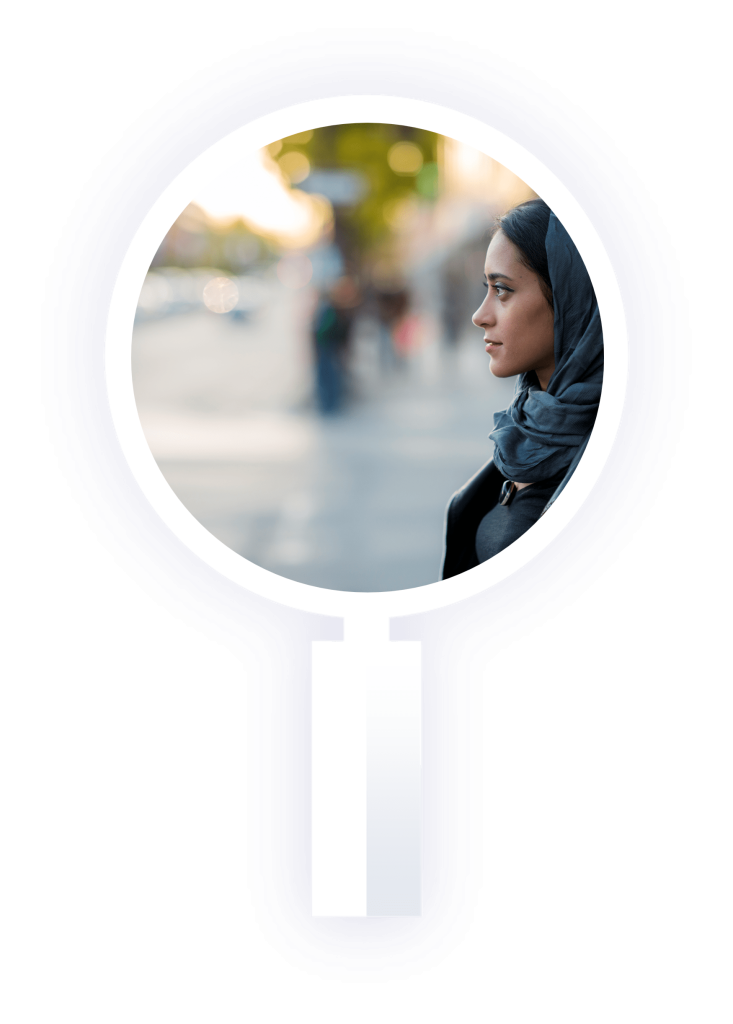

Can you recall a time when you felt like an outsider or when your opinion was overlooked? How did you handle the situation, and what would you do differently now?

Can you recall a situation where someone either stood up for another person or should have done so?

Learning about different cultures, traditions, and beliefs, can increase understanding and appreciation of diversity. Exposure to diverse perspectives can help you to develop empathy, respect, and tolerance towards others, and to challenge their prejudices.

When youth from different cultural backgrounds work together, they can bring a range of different skills, ideas, and perspectives to the table, which can lead to new and innovative solutions to problems.

When you are exposed to different languages on a daily basis, you are more likely to develop language skills and to become proficient in multiple languages. This can increase your employability and mobility in a globalised world.

When young people from different cultural backgrounds come together in a supportive and inclusive environment, you are more likely to form positive relationships and to work towards common goals. This can lead to the development of a sense of community and belonging and reduce intercultural prejudice and discrimination.

In an increasingly interconnected and diverse world, the ability to communicate and work effectively with people from different cultural backgrounds is becoming increasingly important. By providing you with opportunities to interact with other people from different cultural backgrounds, multicultural environments can help to prepare you for future challenges and to become global citizens.
Stockholm School of Economics & Diversity
The Stockholm School of Economics (SSE) nails the importance of a multicultural vibe for youth. They've put diversity, equity, and inclusion at the heart of what they do.
In SSE's inclusive space, young minds come together, especially in business studies. Here, understanding global markets and varied cultures is key. Mixing with diverse peers helps youth become more understanding, flexible, and ready for the world.
SSE's commitment to these values not only sets an example but also motivates future business leaders to champion inclusivity in their paths.
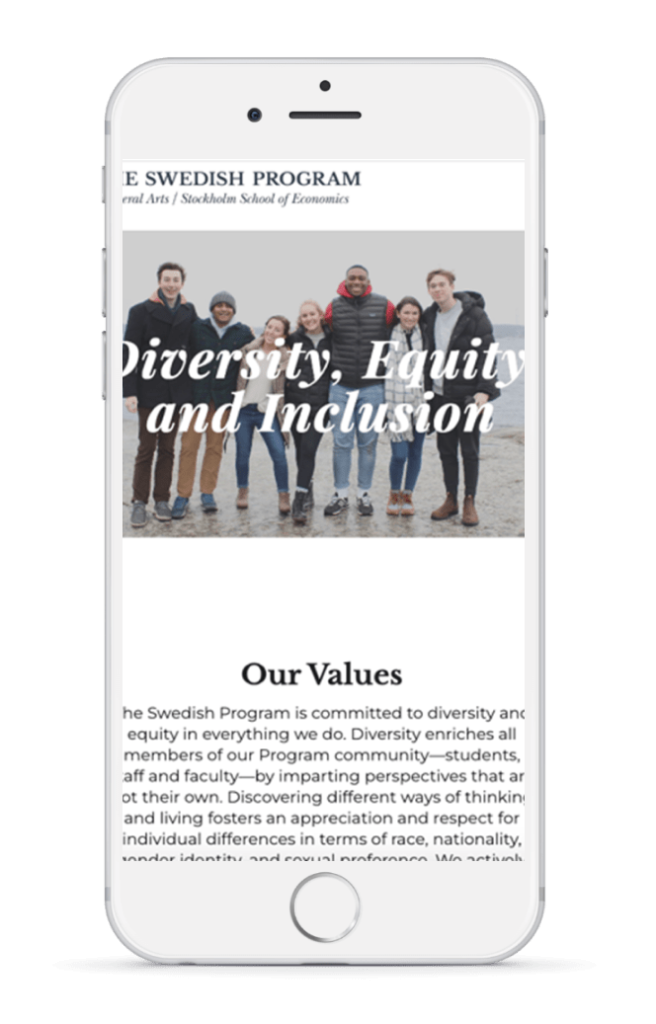
🌍 1. Connect Globally: start with a simple step. Join an international online forum or group related to your interests. Whether it's gaming, music, or art, there's a global community waiting. See our examples in section 2.6 later.
🤝 2. Buddy Up: pair with someone from a different background at school or in your community. Swap stories, share a meal, or teach each other something new.
🎧 3. Tune In: listen to a podcast or watch a documentary about a culture you're unfamiliar with. Not only will you learn, but you'll also find common ground in unexpected places.
🎨 4. Create Collaboratively: start a project that requires diverse perspectives. Maybe it's a YouTube channel reviewing global music or a blog exploring worldwide fashion trends.
📚 5. Challenge Yourself: read a book or article that offers a viewpoint different from yours. Discuss it with friends, and you'll be surprised at the insights you gain.
Remember: Innovating your life isn't just about big ideas; it's about understanding the world piece by piece. By actively engaging with diverse cultures, you're not just talking the talk; you're walking the walk toward a more inclusive future.
Think of the world as a massive puzzle, with each culture being a unique piece. When we connect these pieces, we see a bigger, more vibrant picture.
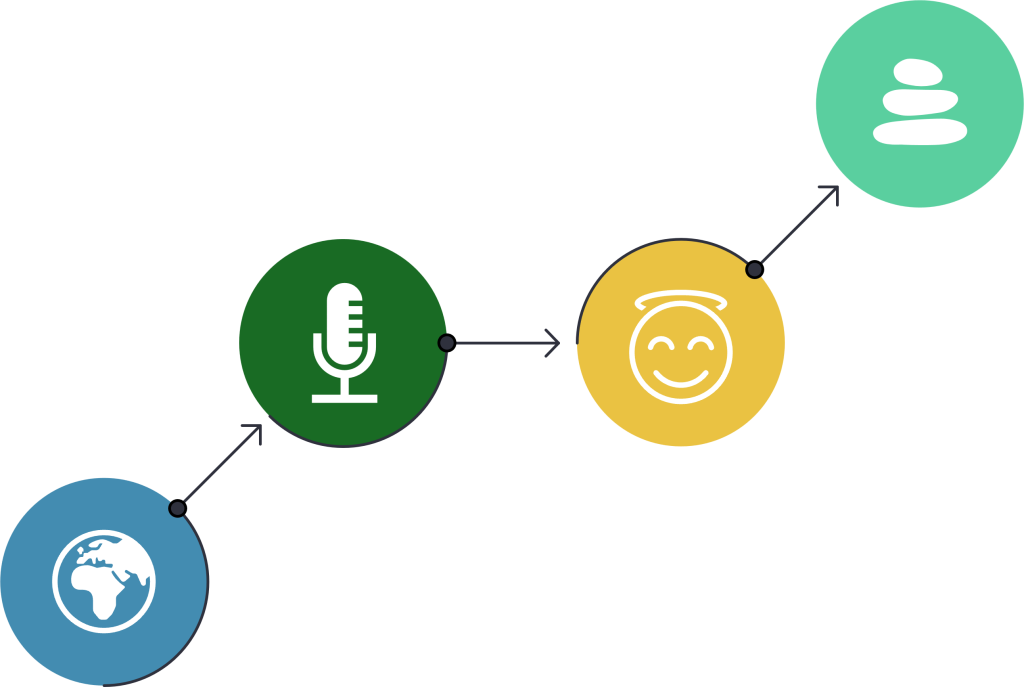
Global Connections
The world's getting smaller, thanks to tech. Use it to learn about cultures beyond your backyard. It's prep for a world that's more connected than ever.
Your Voice Matters.
Start conversations in your circles about different cultures. Share a song, a dish, or a story. It's about understanding, not just knowing.
Beyond Tolerance
It's not just about getting along. It's about truly understanding and valuing what each culture brings to the table.
Wellbeing Perk
When we feel connected and understood, it's a win for our mental health. Celebrate differences, and you'll find it's a boost for everyone's wellbeing
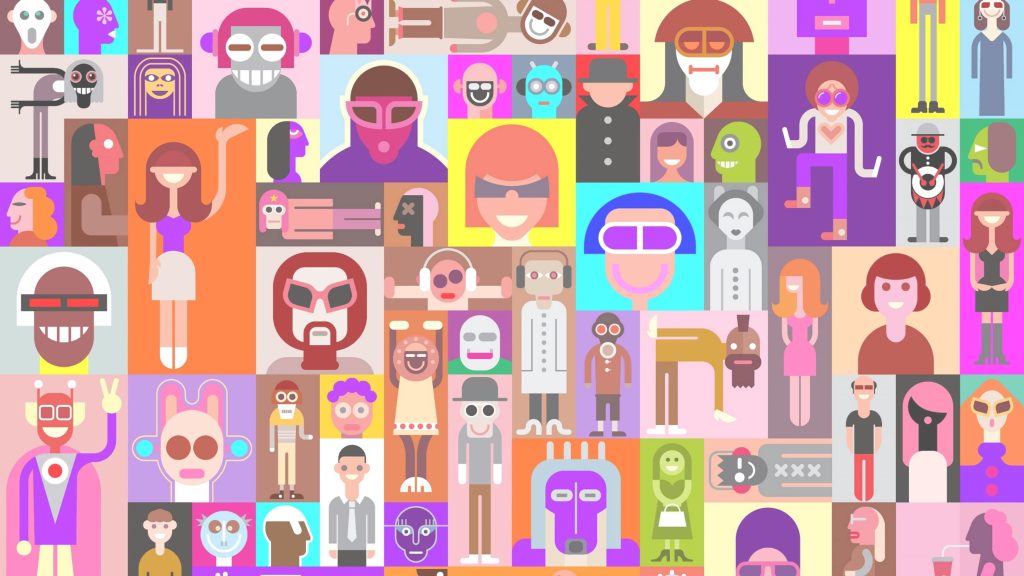
Envision a world where diverse beliefs unite us, a vibrant mosaic of heritage, cultures, and religions, including those without a religious affiliation, all eager to belong, engage, and have impactful conversations.
Guess what? That world is here!
Interfaith, in its most basic sense, is when people or groups from different religious/spiritual worldviews and traditions come together. “Inter-religious” is also used as a synonym, but interfaith cooperation can also include atheists and agnostics, and people of no faith. Interfaith cooperation is the conscious bringing together of people from diverse religious, spiritual, and ethical beliefs.
Interfaith cooperation can take many different forms:
SOURCE: Marymount University
How can sharing different beliefs pave the way for peaceful coexistence?
Check out "Coexister" - it's this cool French movement where young people, no matter their faith or beliefs, come together. Why? To strengthen bonds and promote understanding.
The whole ethos of Coexister is that our diverse beliefs aren't barriers; they are bridges. By sharing and learning from each other, we're not just getting along - we're building a society that's more in sync and peaceful. So, whether you're religious, spiritual, not spiritual or somewhere in between, there's power in coming together.
Benefits of interfaith exchanges for young people

DIALOGUE as a way of getting to know each other. Each local group can organise visits to places of worship, debates, conferences, shared meals on the evenings of religious festivals, exhibitions, café-debate or film
SOLIDARITY activities go beyond the simple framework of dialogue by acting together in the service of society e.g. clothing and toy collections, blood donations, work with the refugees, homeless, and orphans, etc.
RAISE AWARENESS involves spreading respectful messages about diverse cultures and beliefs, both online and in face-to-face interactions.
A Path to Wellbeing and Purpose
Young people who don't have direct access to a project such as Coexister can still achieve similar results by engaging in activities that promote interfaith understanding, community involvement, and personal growth. Here are some actionable steps they can take:
"Being part of Coexister allowed me to share my beliefs and convictions with others, and to learn more about their own perspectives. It was a very enriching experience that helped me to grow personally and spiritually."
"Before joining Coexister, I felt isolated and misunderstood because of my faith. But through the exchanges and activities organised by the movement, I found a community of like-minded people who support me and with whom I can share my struggles and joys."
"Coexister gave me the opportunity to discover new cultures and traditions, and to learn from them. I now have friends from different parts of the world, and I feel more connected to the global community."
Objective: To promote empathy, respect, and understanding among young people from different religious backgrounds. Encourage open, respectful discussions about beliefs. Rotate the activity so everyone participates.
Materials needed: a shoebox or container for each participant, pieces of paper, pens, or pencils.
1
Ask each participant to bring a shoe or a pair of shoes that represent their faith or religious convictions.
2
Explain to the participants that they will engage in a role-playing activity to help them understand and appreciate different religious beliefs and practices.
3
Ask each participant to place their shoes in the shoebox or container and take a pair of shoes from the box that is not their own.
4
Ask the participants to examine the shoes they have chosen and then write down what they think the religious beliefs or convictions of the owner of the shoes might be.
5
After everyone has written down their thoughts, have the participants share what they have written with the group.
6
Ask the owners of the shoes to reveal their religious beliefs or convictions and share with the group some of their practices and rituals.
In this video, Coexister explains what is the “active coexistence”, why it is desirable, and compares it to other types of societies: confrontation, assimilation, and passive coexistence.
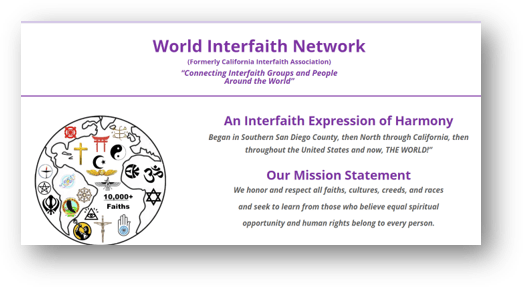
World Interfaith Network, Connecting Interfaith Groups and People Around the World
Interfaith Relationships: The Path to Truth | Ghazala Hayat | TEDxSaintLouisUniversity